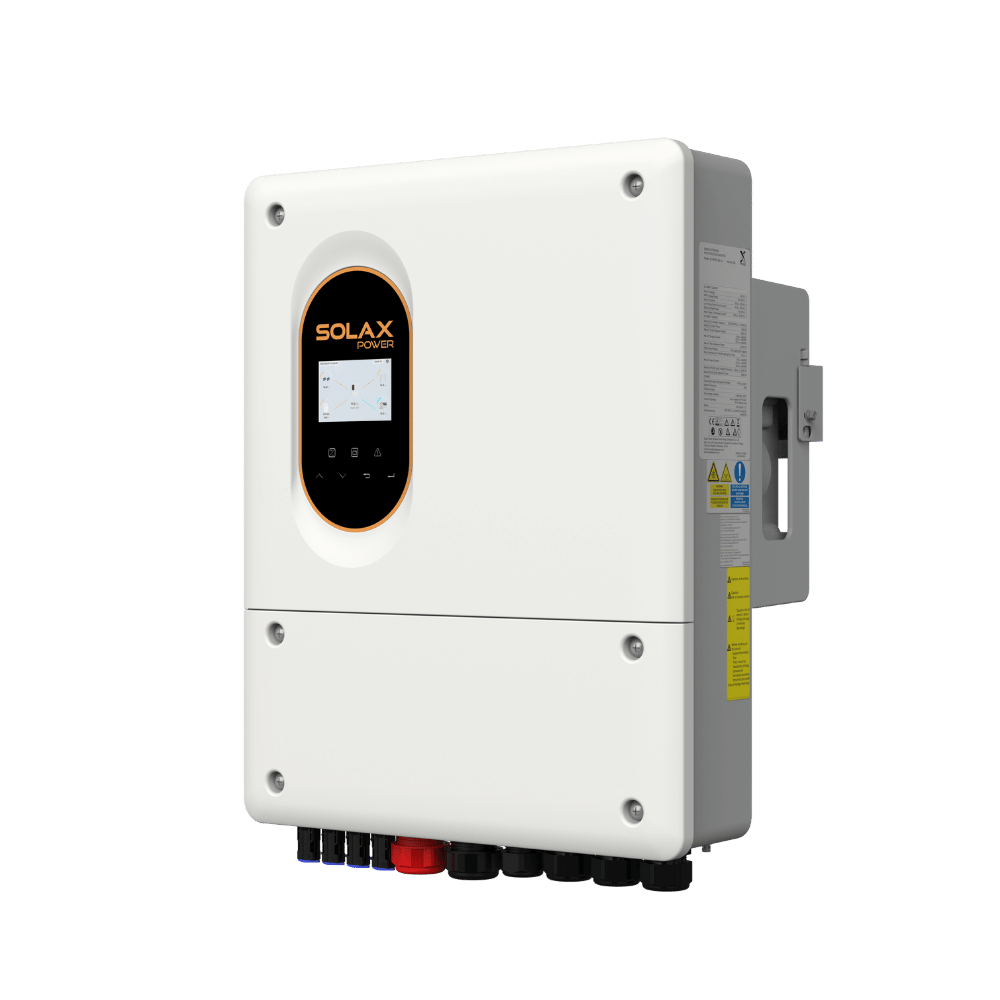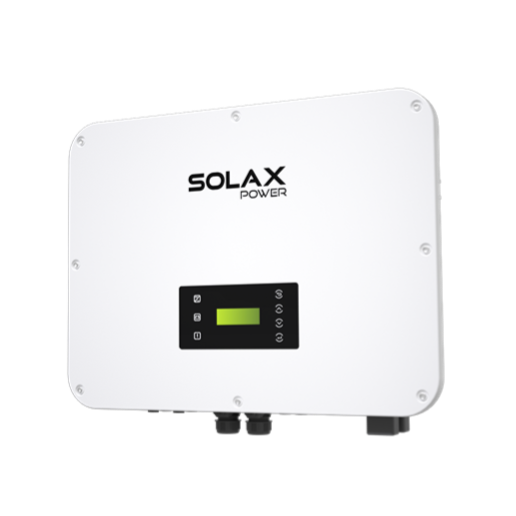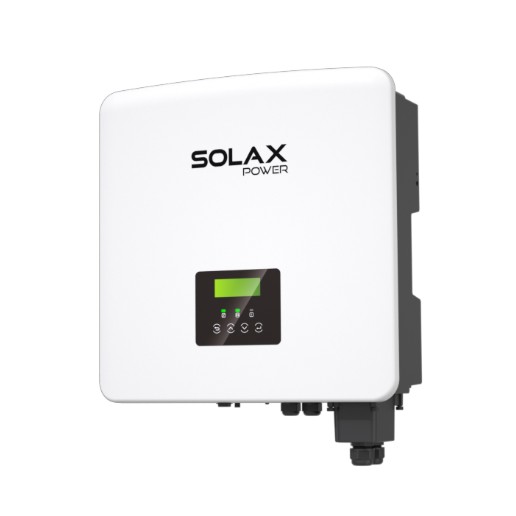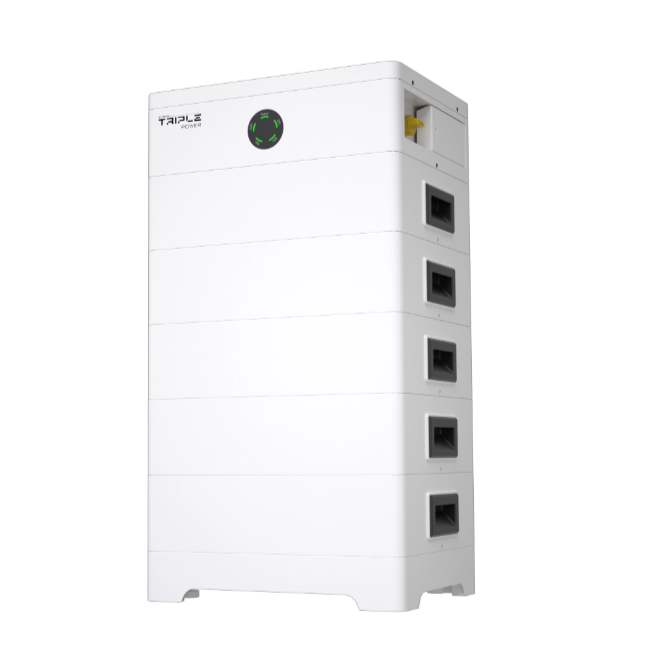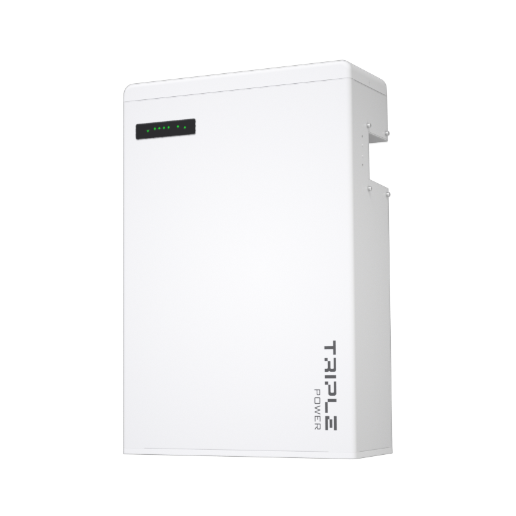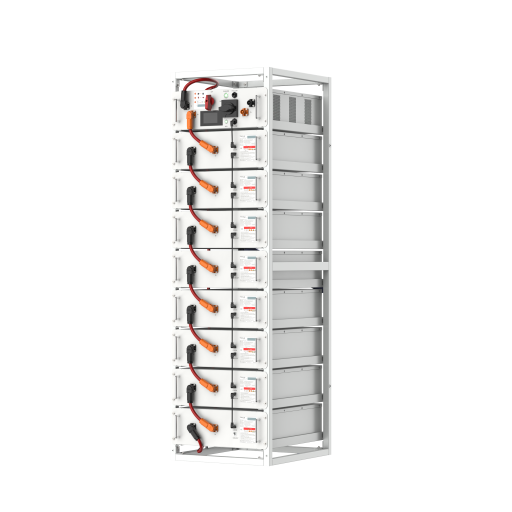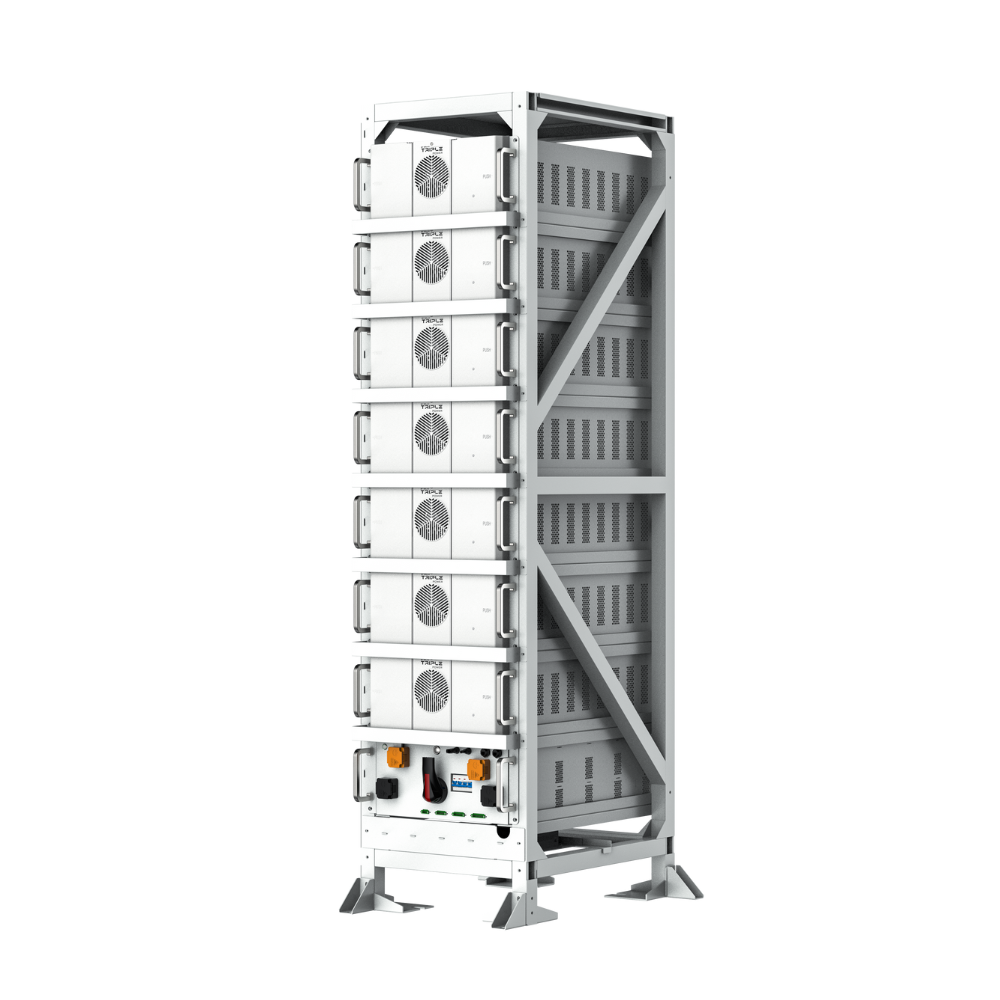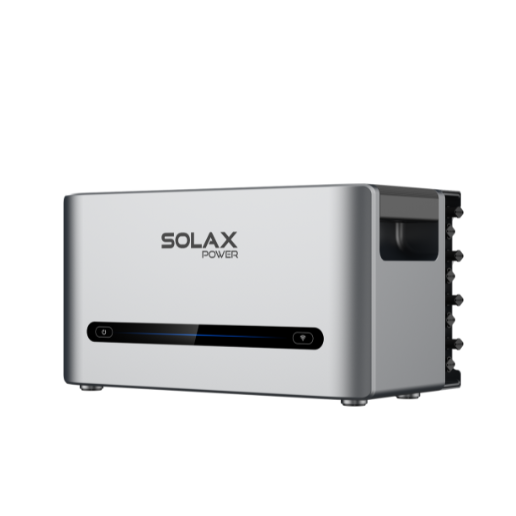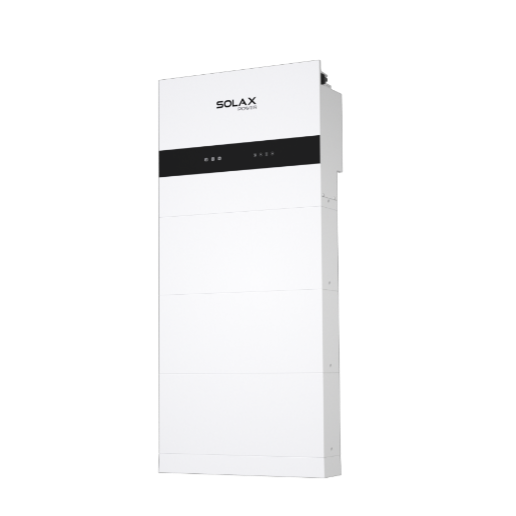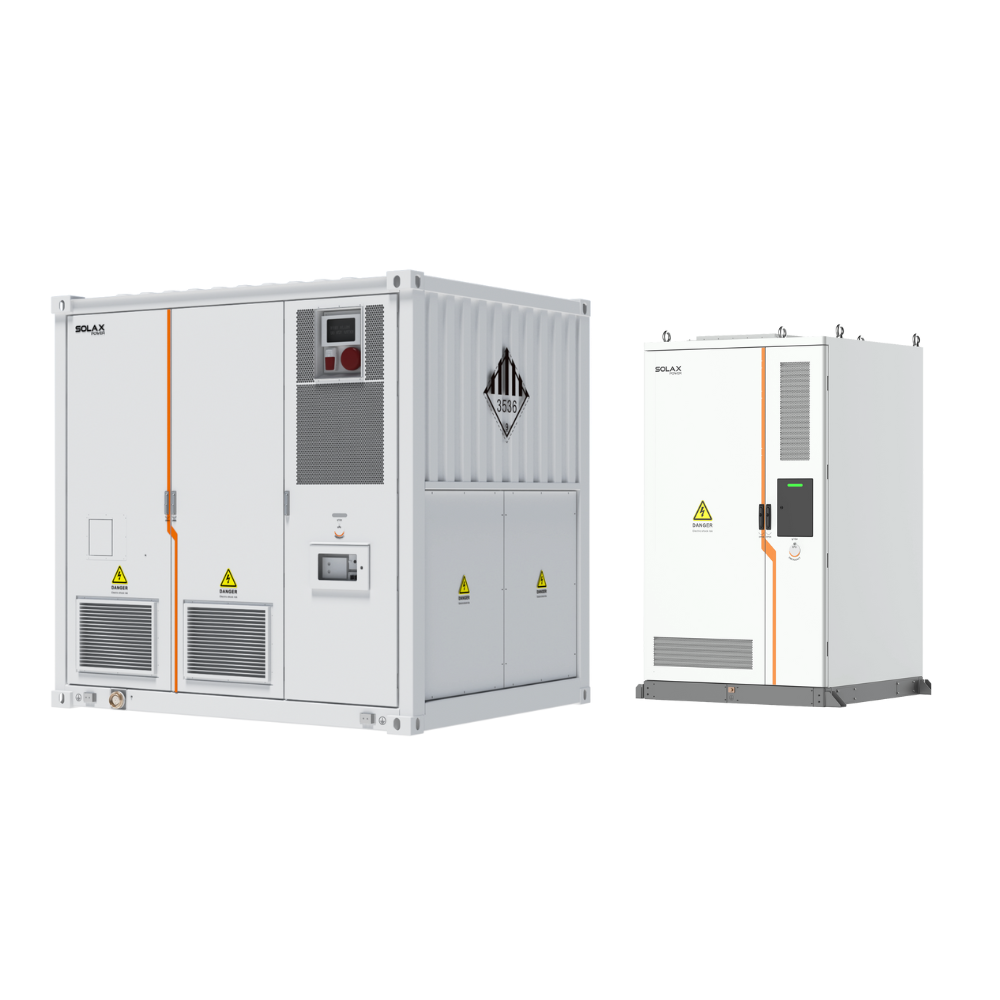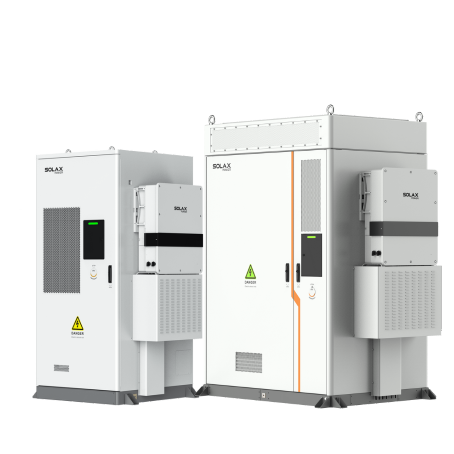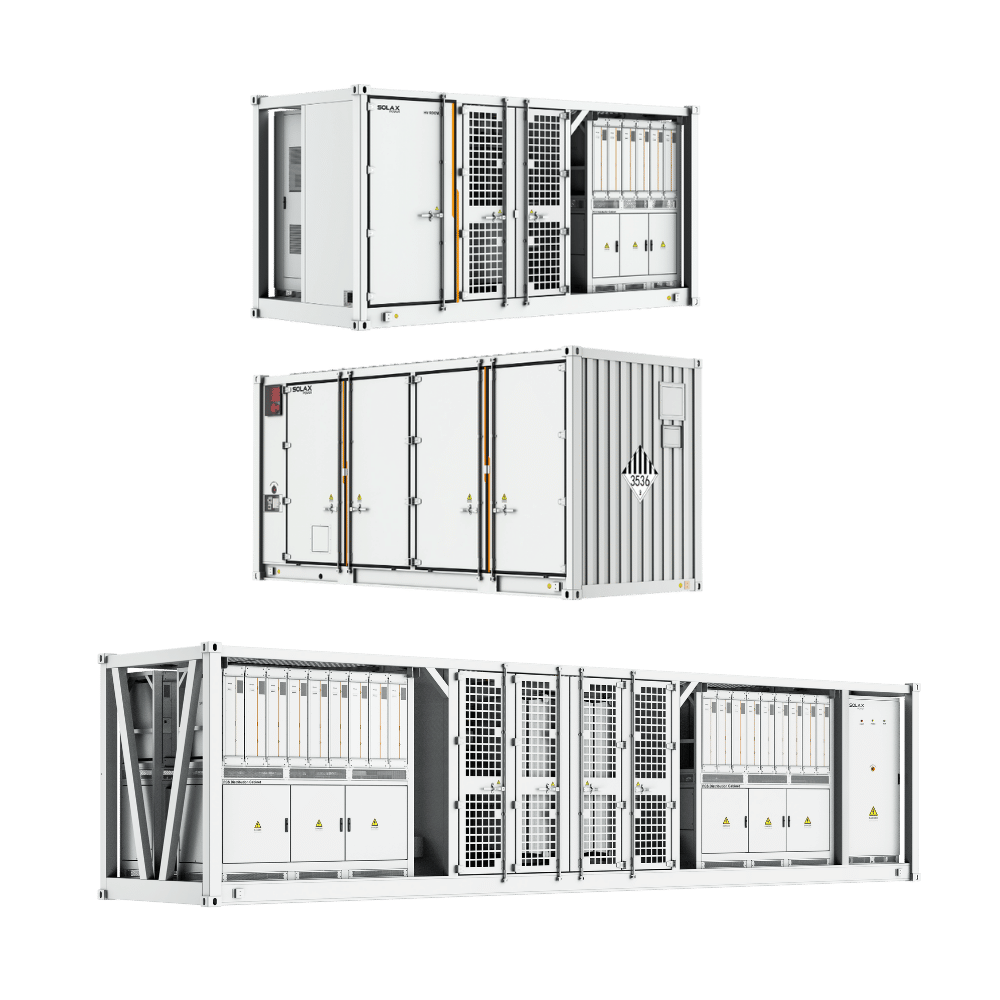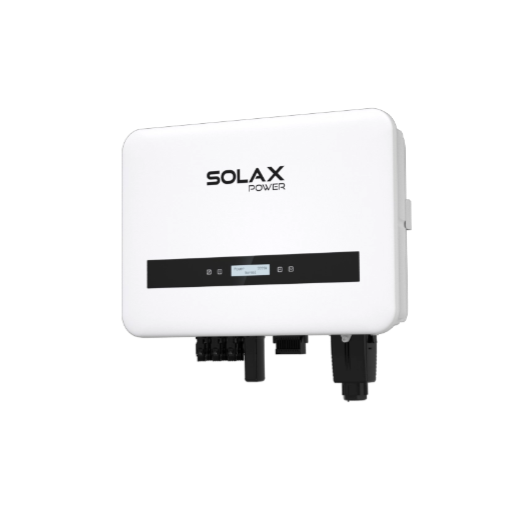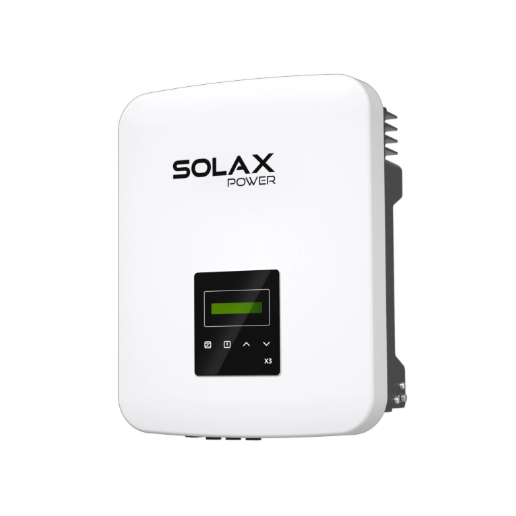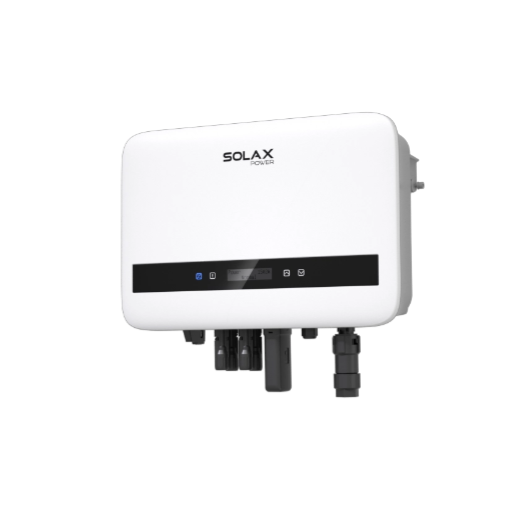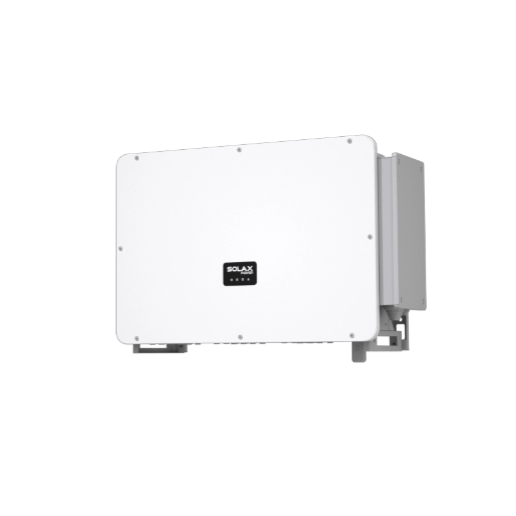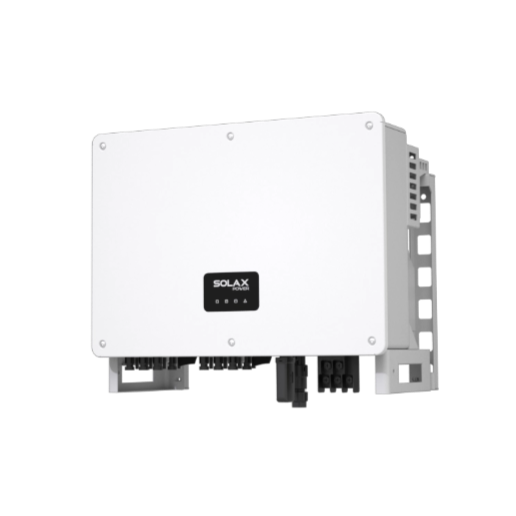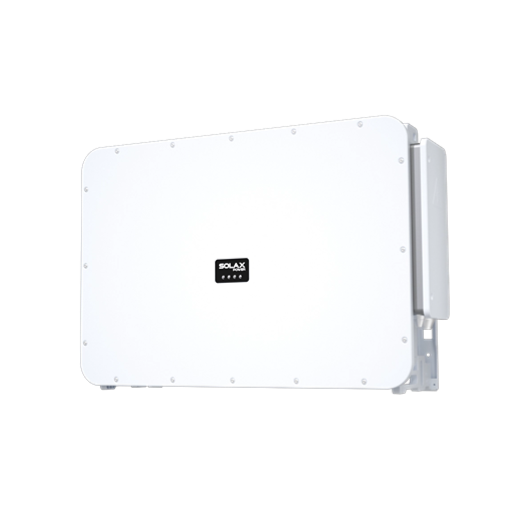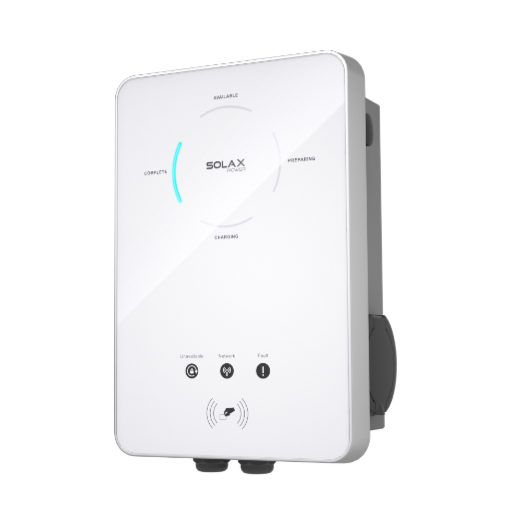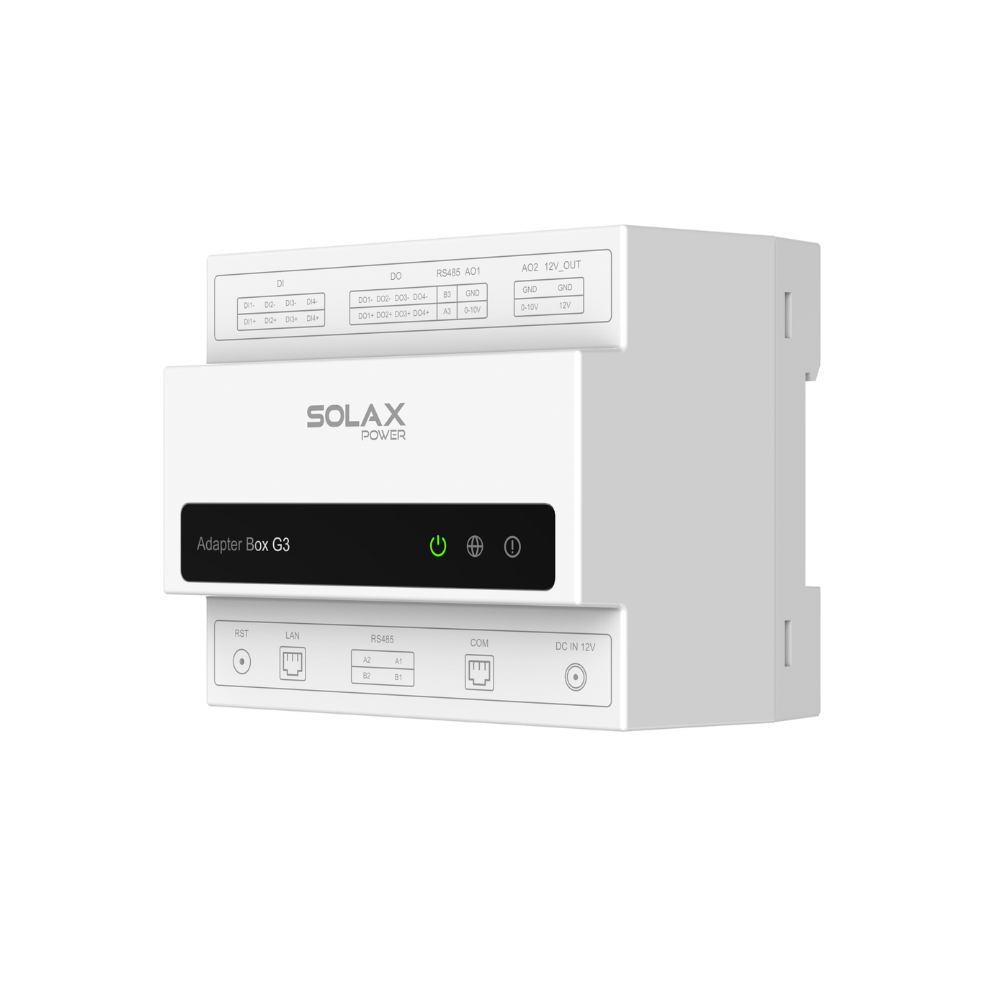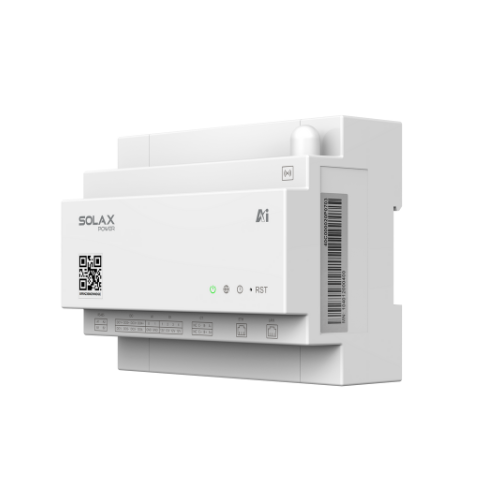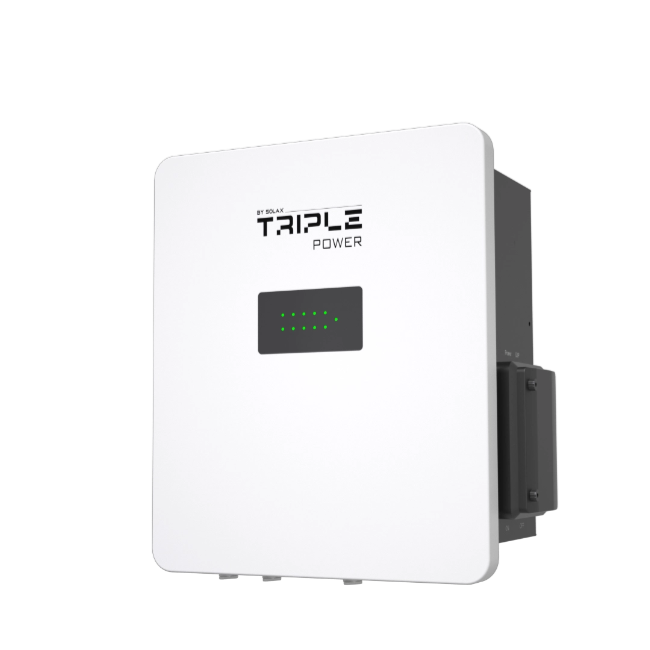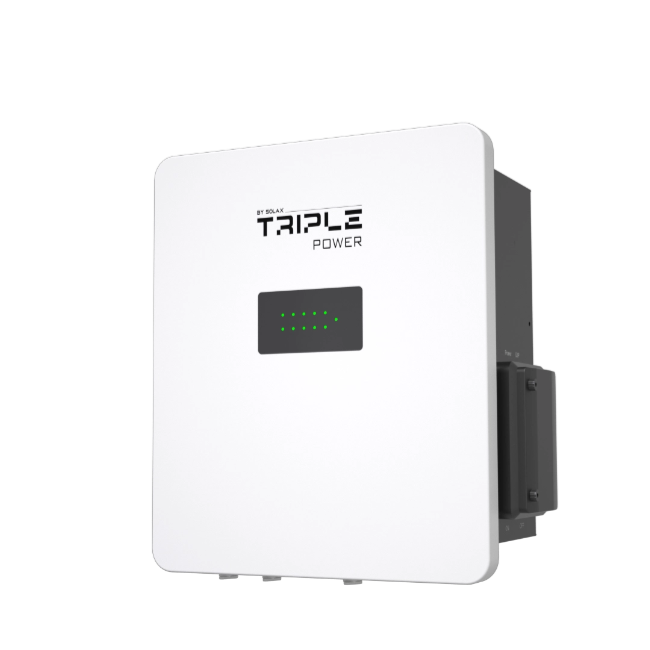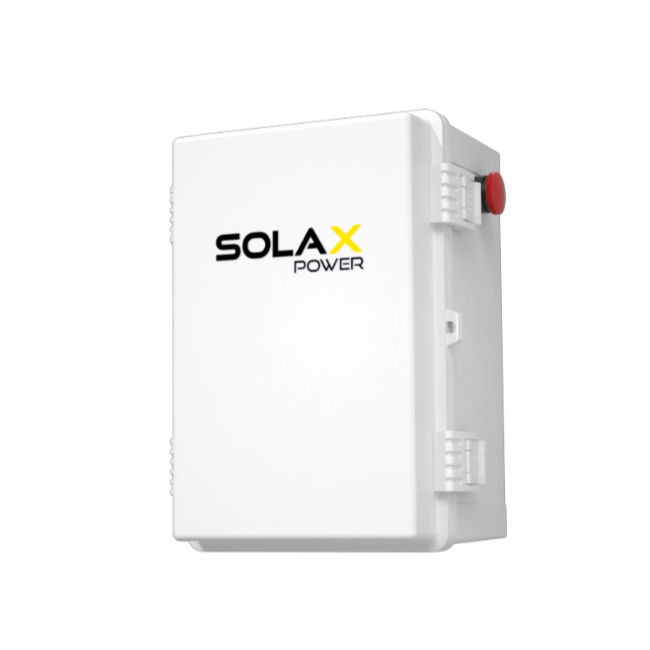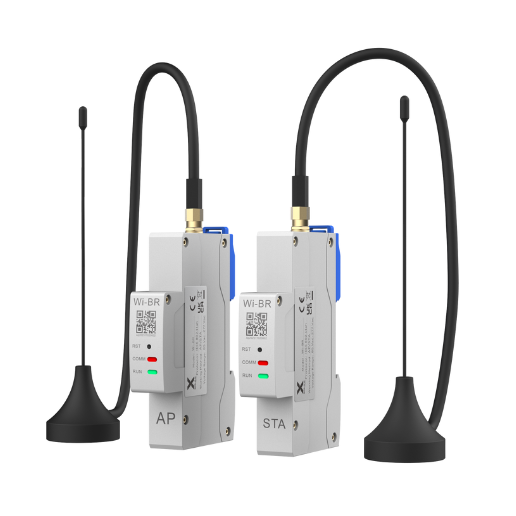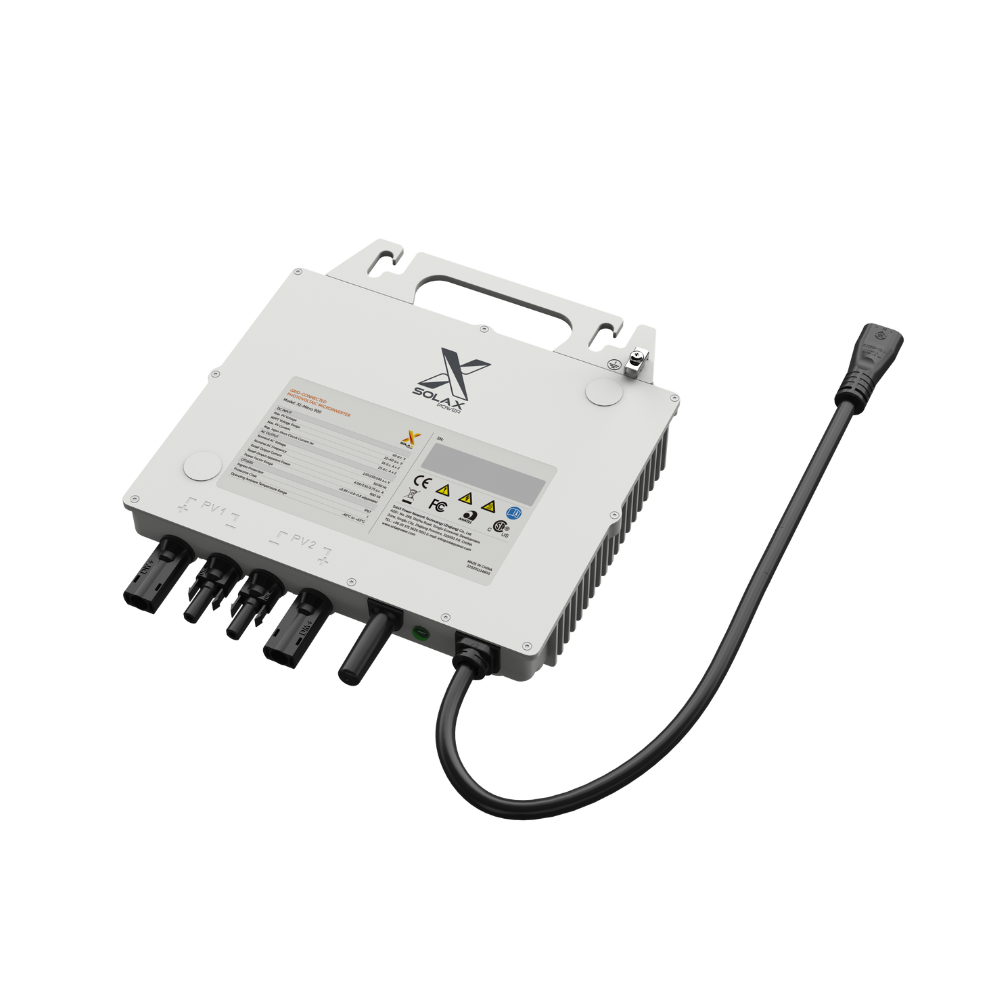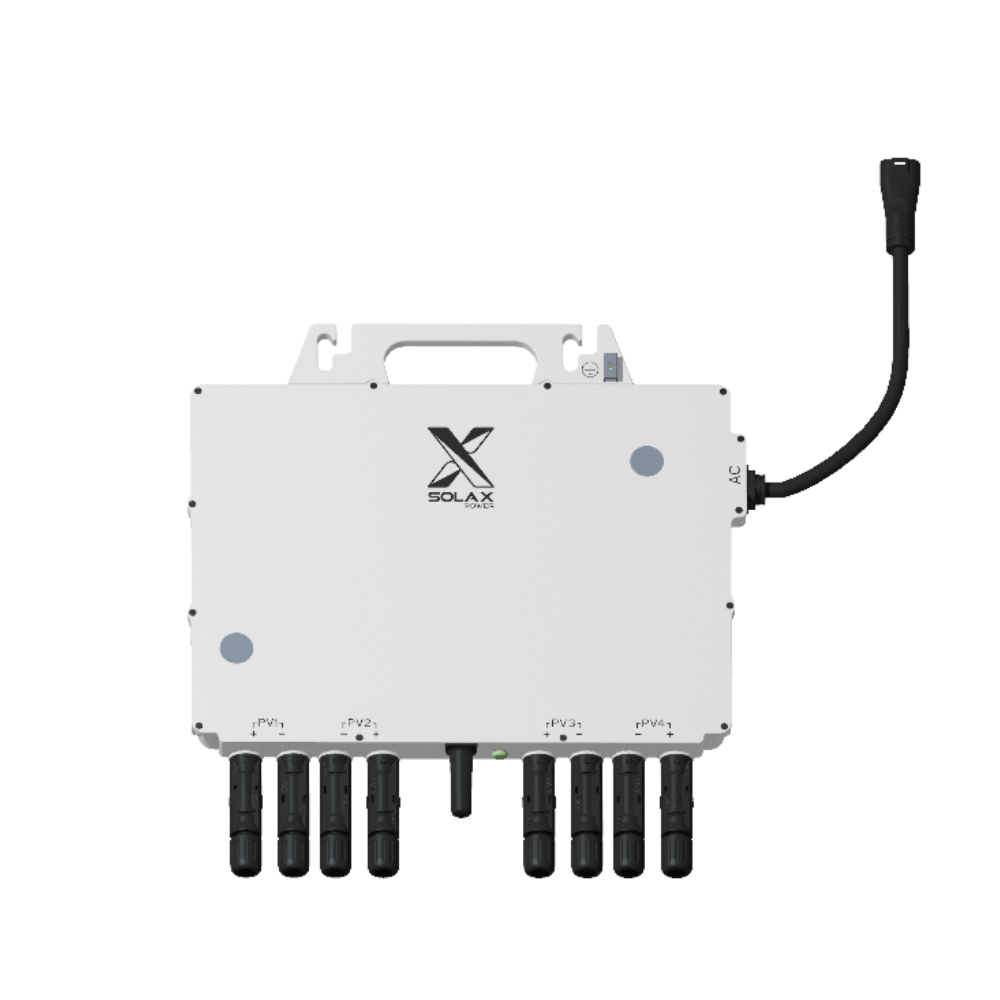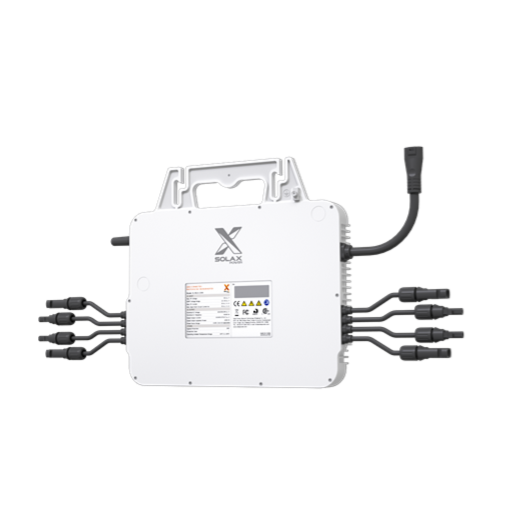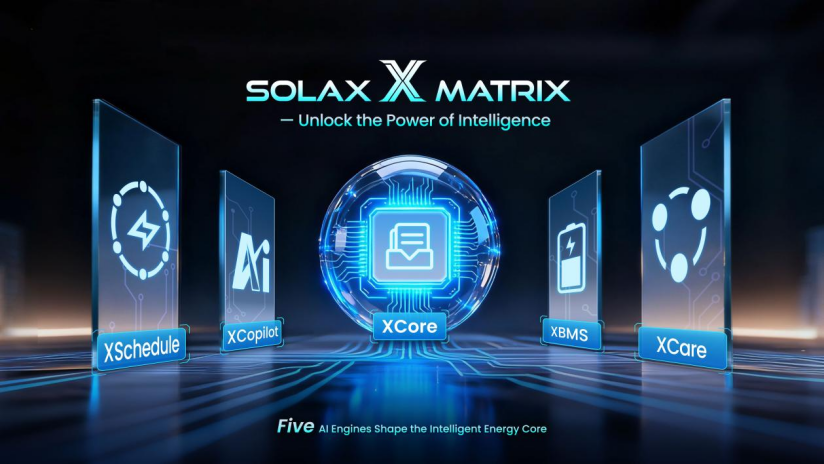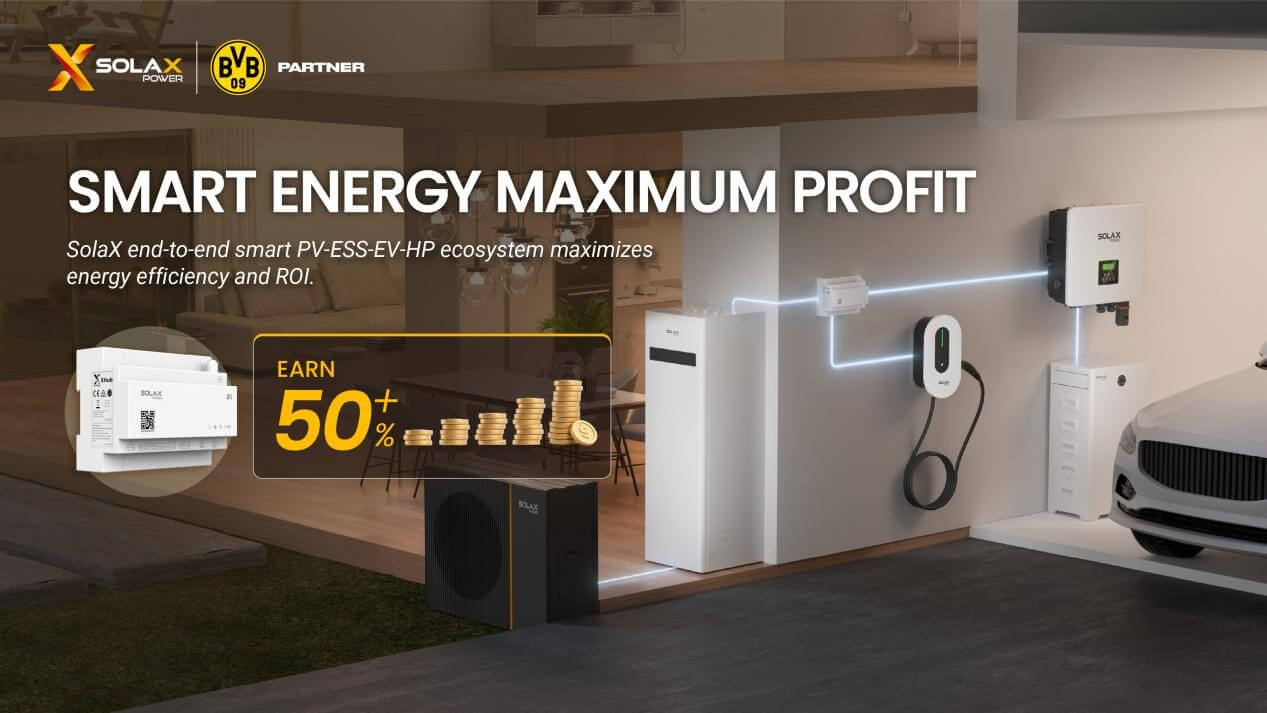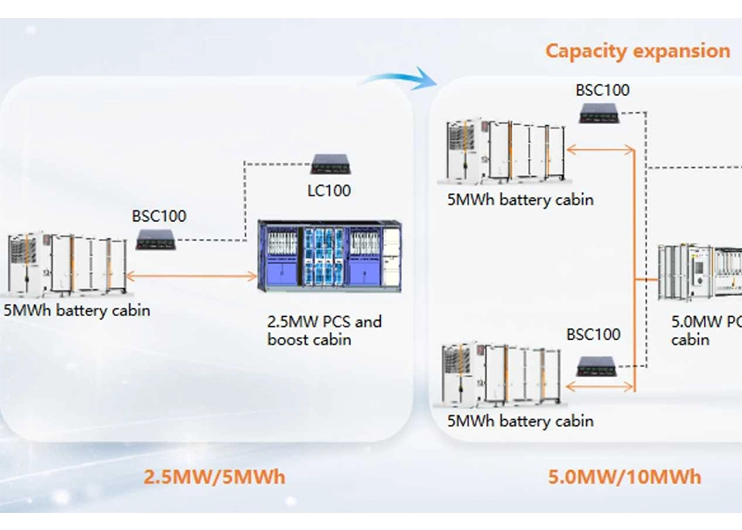November 28, 2025
Utility Scale Solar 101: Definition, Cases, and Future Trends
Share my #SolaXStory
As the global race toward net-zero accelerates, utility-scale solar has emerged as a dominant force in the clean energy transition. According to the International Energy Agency (IEA), solar PV is projected to surpass coal as the largest source of power generation capacity by 2027. This rapid expansion highlights the critical importance of utility-scale renewable energy in delivering cost-effective, reliable power to the grid.
In this post, we dive into utility-scale solar 101, covering the essential utility-scale solar definition, analyzing the current utility-scale solar cost per watt, and highlighting key utility-scale solar projects defining the industry.
What is Utility Scale Solar? (Definition & Basics)
Utility-scale solar, also known as grid-scale solar or large-scale solar, refers to massive photovoltaic facilities designed to feed power directly into the electric transmission grid. These projects generally have a capacity exceeding 1 MW or greater and are distinct from smaller distributed generation systems.
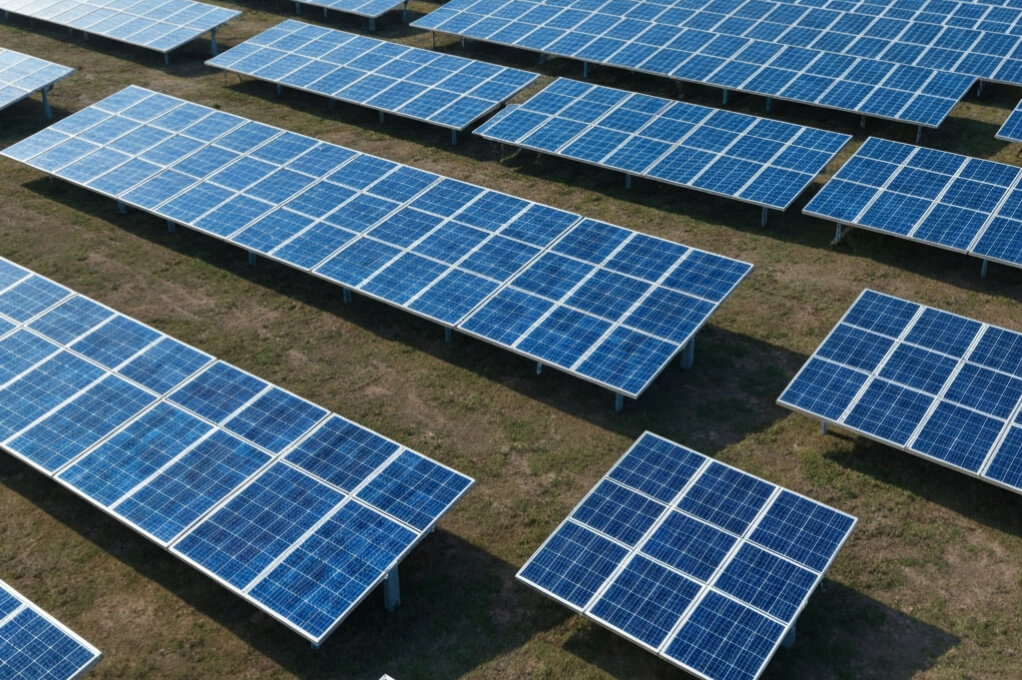
Utility Scale vs. Distributed Generation
To clearly distinguish utility-scale solar power from other forms of solar energy, I compared it directly with distributed generation (such as residential or commercial rooftop solar) based on capacity, connection type, and purpose.
Feature | Utility Scale Solar (Grid Scale) | Distributed Generation (DG) |
Also Known As | Grid-scale solar, Large-scale solar | Residential Solar, C&I Solar, Rooftop Solar |
System Capacity | Typically > 1 MW (often ranges from 5 MW to 100+ MW). | Typically < 1 MW (measured in kW). |
Grid Connection | Front-of-the-meter: Connected directly to the high-voltage transmission grid. | Behind-the-meter: Connected to a specific building; only excess power flows to the local distribution grid. |
Primary Purpose | To generate electricity for the wholesale market and utility companies. | To offset on-site energy consumption and lower electricity bills for the owner. |
Installation Site | Large-scale solar farms on open land, deserts, or agricultural fields. | Rooftops, parking canopies, or small ground mounts near buildings. |
Cost Efficiency | Lower Cost per Watt (Due to economies of scale). | Higher Cost per Watt. |
2 Main Types of Solar Energy Systems
Solar Photovoltaics (PV) and Concentrated Solar Power (CSP) are two main types of solar energy systems.
Solar PV panels are typically used in smaller-scale applications. Installed on rooftops or large ground-mounted arrays, they directly convert sunlight into electricity.
In contrast, Concentrated Solar Power, or solar thermal systems, are primarily used in utility and industrial-scale applications. They capture solar energy to generate heat, which drives turbines to produce electricity, operating on a principle similar to traditional steam power plants.
Benefits of Utility-Scale Solar Energy
High Energy Output: Large-scale solar farms can generate substantial electricity, enough to power thousands of homes, making them ideal for utility-scale energy production.
Cost-Effective: Utility-scale solar reduces the cost per kilowatt-hour due to economies of scale, lower installation costs, and efficient use of equipment and infrastructure.
Renewable and Clean: These solar farms produce electricity without emitting greenhouse gases or pollutants, contributing to a cleaner environment and a sustainable energy future.
Job Creation: Construction, installation, and maintenance of utility-scale solar projects create jobs in engineering, manufacturing, and operations, boosting local economies.
Key Stages of Utility-Scale Solar Construction
Utility-scale solar project development is a complex, multi-year process. The full development lifecycle spans 3 to 7 years from initial site assessment to commercial operation. This extended timeline encompasses site selection, regulatory approvals, financing, EPC (construction), and long-term O&M. Success requires navigating intricate permitting processes, securing power purchase agreements, and coordinating with utilities, government agencies, and local communities.
SolaX's Utility Scale Solar Project in the World
SolaX has developed utility-scale solar projects globally, including large-scale initiatives like the 120 MWp Agricultural-Photovoltaic (Agri-PV) Hybrid Power Station. These projects maximize land efficiency by installing high-efficiency solar panels above crops or livestock areas, a dual-use system often described as "power generation above, farming below."

Key Benefits of SolaX Utility-Scale Solar Projects
Clean and Sustainable Energy: Generates electricity for thousands of households each year, substantially reducing local carbon emissions.
Optimized Land Use: Integrates agriculture with solar power to increase economic output per hectare.
Smart Operations: Advanced monitoring and maintenance systems ensure safety and maximize energy yield.
Local Economic Development: Creates jobs and supports rural revitalization by promoting industrial growth.
With capacities ranging from tens to hundreds of megawatts, SolaX's utility-scale solar projects not only contribute to global renewable energy goals but also deliver tangible environmental and economic benefits to local communities.
Future Trends: Storage and Hybrid Systemsutility scale renewable energy
Utility-scale renewable energy is rapidly shifting toward hybrid power plants, with the core goal of combining solar power, wind energy, and energy storage systems to offset the limitations of single energy sources and improve grid reliability and operational performance.
This shift occurs because, in real-world operation, standalone utility-scale solar power systems face inherent intermittency due to weather conditions and daylight cycles, making it difficult to consistently meet grid demand. To address this challenge, Battery Energy Storage Systems (BESS) store excess electricity during peak solar generation and release it at night or during periods of high grid load, enabling a stable and dispatchable power supply.
Common Questions about Grid-Scale Solar
How much land is needed for 1 MW of utility-scale solar?
In general, generating 1 MW of solar power requires approximately 5–10 acres of land.
What is the lifespan of a utility-scale solar farm?
Most utility-scale solar farms have a lifespan of 25 to 30 years, with proper maintenance allowing longer operation.
What is the difference between community solar and utility-scale solar?
Community solar projects typically range in size from 1 to 5 megawatts (MW). They allow individuals to subscribe to or share ownership of a solar power plant, resulting in direct savings on electricity bills and increased flexibility in electricity usage. Utility-scale projects can reach sizes of 50 MW or more. These are wholly owned and operated by the power company, and consumers have no direct control, ownership, or right to save on costs.
Last News
Explore expert insights, practical guides, and the latest news on SolaX Power.

To the Latest Newsletter
Stay Ahead with the Latest SolaX Updates!
Subscribe
I have read and agree to Privacy Policy and User Terms







